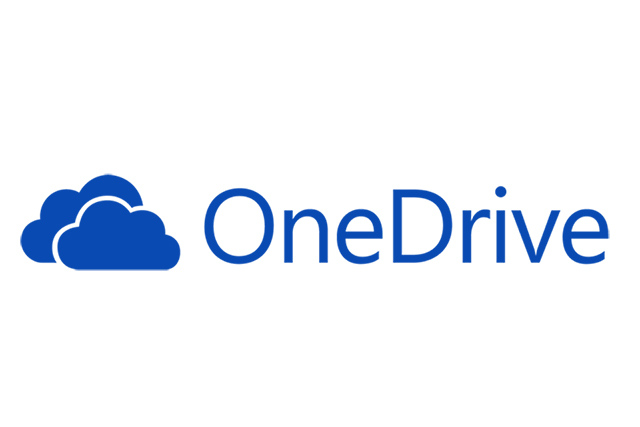
Without a doubt, the reality of cloud storage has become something that most of us can’t live without. Nearly everyone, from those in the know and who actively use each and every inch of their available storage limits, to those that have no idea just where their pictures are being saved but are happy that they’re safe wherever they may be, cloud storage is becoming more and more common and this isn’t slowing down anytime soon.
It’s easy to use, for the most part, and the accessibility of the entire setup makes it both convenient and safe. There’s no need to back up your files from your computer if they’re all stored in a place where they won’t be affected if your home system goes kaput.
However, in light of the growing popularity of Cloud Storage, the options for such have become bigger and wider, and in many ways somewhat confusing. So to alleviate that confusion, I’ve gathered together your best options for your Cloud Storage needs. I will not be including iCloud in this list as I don’t consider it a true storage service in terms of being able to upload anything you wish. Sorry, Apple folks.
Any list or write-up about cloud storage without mentioning the incredible Google Drive would be incomplete. Drive was the logical outcome of a large suite of online, browser-based applications presented by Google since their launch of Gmail years ago. Drive is my personal favorite on my list and, without a doubt, is a service that I use daily. It’s highly simply. If you have a Gmail account, and given that Gmail is one of the world’s largest email providers these days, you have a Drive account even if you didn’t realize it. Simple point your browser to drive.google.com and login with your Gmail credentials. From there you are free to upload nearly anything and everything up to 15GB, for free, to your Drive account. In addition to the storage and organizational options, Drive still holds true to its roots as a word processing program that stores your files online for access and editing anywhere, though it does more than just word processing. Spreadsheets, editable forms, PowerPoint-like presentations and even drawings are available through Drive. And the best part is the sharing of your files. Simply edit the permissions, enter the email address of the person you want to share with (or grab the link for the file itself) and that’s it. Google sticks to keeping their suite of products easy and useful and Drive, to me, is at the top of the list.
I am a big fan of Amazon and their Cloud Drive service is quite good, though there are some drawbacks to it. We’ll start with the good, though. 5GB of storage for free is a sizeable amount of space, given what most use online storage for, and the recently announced promotion to Cloud Drive that gives you unlimited storage for photos if you are an Amazon Prime member is very, very enticing. Being a Prime Member myself, mostly for the unbeatable shipping charge reductions, this is a handy perk. I doubt I use it much, however. (If you are odd enough to use a Fire phone, for whatever reason that is, you get this unlimited photo storage as well, but only for pictures taken with your Fire device.) Cloud Drive, much like Google Drive, is pure storage and if you are a diehard Amazon user, then this is the way to go for you given its tie-ins with the Prime services. My biggest complaints, however, lie with the expanded pay-options. Arguably, for pure storage, Cloud Drive’s pay-plans are some of the most expensive on the market for what you get out of it. While $10 a year isn’t that much overall, 20GB for that money isn’t really a lot. In truth, it feels like a bit of a rip-off that, from what I’ve seen, many don’t buy into. But, in a growing attempt at becoming more than just an online shopping place, Cloud Drive ties in neatly with much of your media purchased or used through Amazon’s services. A built-in media player that handles video and audio quite well is impressive enough, but not enough for me to switch my services over to Cloud Drive completely.
Formerly SkyDrive, OneDrive is the “newest” version of the cloud storage option from Microsoft. It seems that Microsoft, as they often do, has taken a page from Google’s book with OneDrive. Much like Google Drive in many ways, OneDrive offers what is likely the easiest experience in sharing documents between all of your Windows-based devices. A few clicks and they’re available just about anywhere, but this is also something that’s done just as easily via Google Drive and other services like Dropbox. However, if you are more of a Mac user, or Linux or something else a bit more homegrown or obscure, then OneDrive may be something you will want to avoid. The pricing plans aren’t the highest you will find, though the schism in price comes only as you get into the 1TB range (Microsoft has some of the cheaper pricing options available, for the ease of access at least, for 1TB of cloud storage.) I don’t feel that most people will use that much cloud storage at the moment as, as stated before, the biggest majority of online storage is taken up with pictures at the moment. The biggest reason that I personally don’t find OneDrive all that useful, or with the effort, is the lack of features within the service itself. While good at the 1TB level that includes Office 365, the rest of the versions of OneDrive are simply storage. And in this day and age, when everyone expects their application or service to do at least a little more than just what it claims it will, this seems like a failing on Microsoft’s part. A base word processing program would be something, but I find OneDrive lacking, especially if you are a user of a non-Windows system. But, then again, most people who don’t use Windows would unlikely head to OneDrive for their storage needs anyway.
![]()



